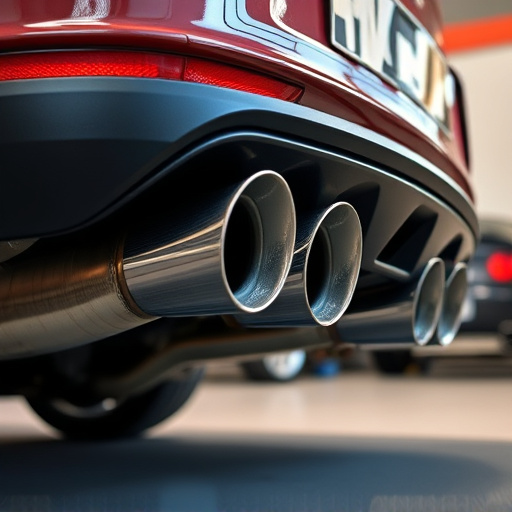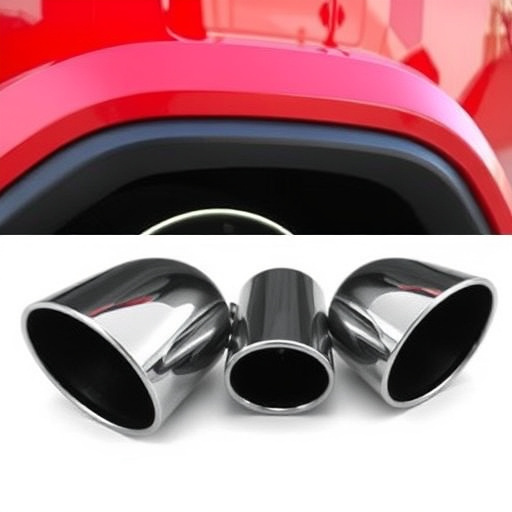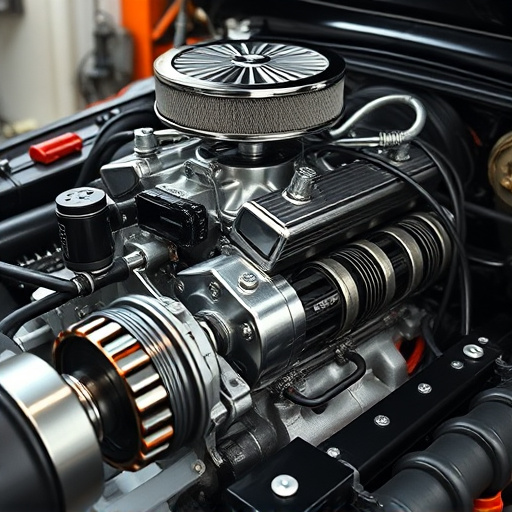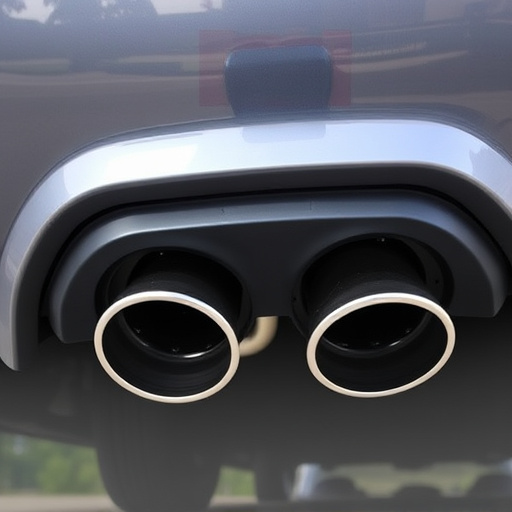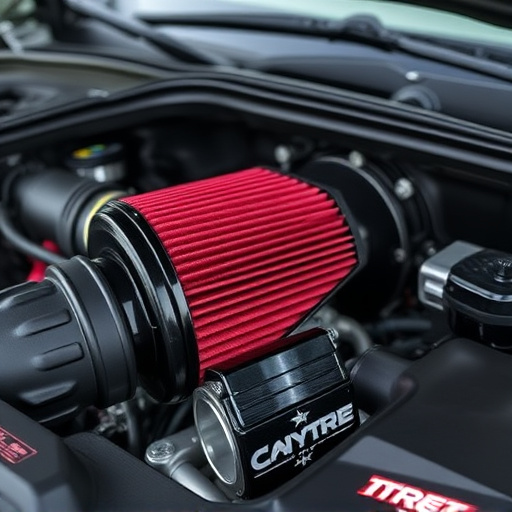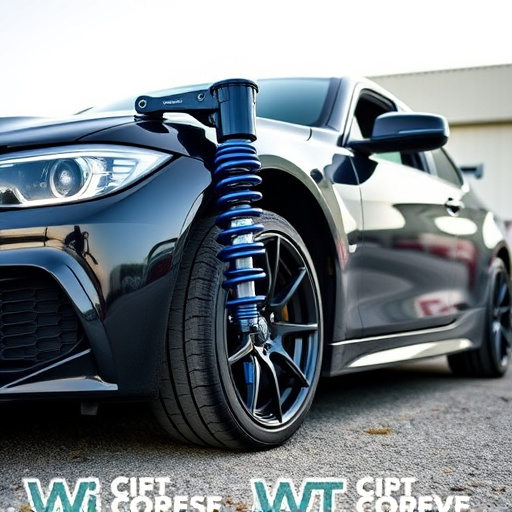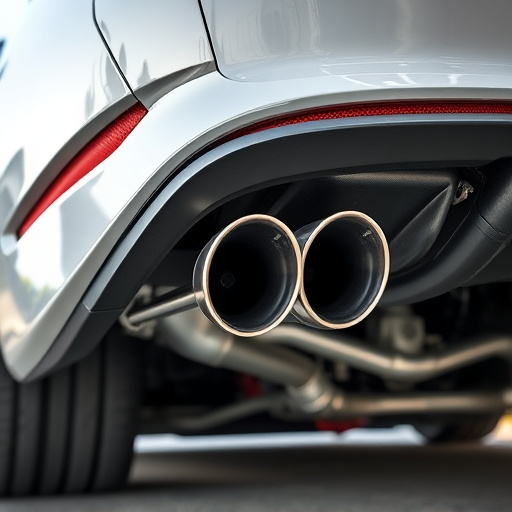A boost controller (turbo regulator) is crucial for turbocharged vehicles, managing compressed air intake and optimizing performance under various driving conditions. When combined with modifications, it enhances throttle response, drivability, and fuel economy. Before installation, ensure proper preparation of components like brakes, suspension, and exhaust system compatibility. Installation involves locating a suitable mounting point, disconnecting the battery, removing existing air intakes, connecting the boost sensor and controller, configuring settings, and reattaching the battery after testing for safety.
“Enhance your turbocharged vehicle’s performance with a boost controller—a powerful tool that optimizes engine compression and delivers a smoother, more responsive driving experience. This article guides you through the process of installing a boost controller, offering insights into its functionality and preparation requirements. From understanding the technology to following a step-by-step installation process, you’ll discover how to unlock your vehicle’s full potential. Get ready to take control and revolutionize your driving dynamics with this game-changing upgrade.”
- Understanding Boost Controllers and Their Functionality
- Preparing Your Turbocharged Vehicle for Installation
- Step-by-Step Guide to Installing a Boost Controller
Understanding Boost Controllers and Their Functionality
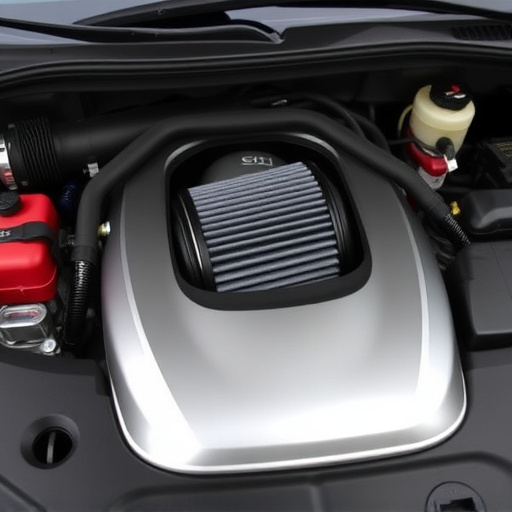
A boost controller, also known as a turbo controller or boost regulator, is a crucial component for vehicles equipped with turbocharged engines. Its primary functionality is to manage and control the amount of compressed air entering the engine, thereby optimizing vehicle performance. By adjusting boost pressure based on driving conditions and engine load, it ensures optimal fuel combustion, enhances power output, and improves overall efficiency. This is especially beneficial for car enthusiasts seeking to extract the maximum potential from their turbocharged vehicles.
Beyond its core function, a boost controller plays a significant role in fine-tuning vehicle dynamics, often working in conjunction with other modifications like coilover kits and muffler tips. By precisely managing boost levels, it can enhance throttle response, improve drivability, and even help achieve better fuel economy at higher speeds. Understanding the interplay between these components is key to unlocking the true performance capabilities of a turbocharged vehicle.
Preparing Your Turbocharged Vehicle for Installation
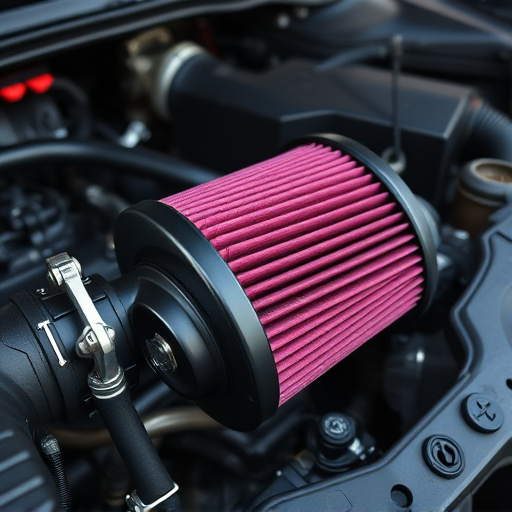
Before installing a boost controller on your turbocharged vehicle, it’s crucial to ensure your car is prepped for the process. Begin by inspecting your current turbocharger setup and identifying any necessary upgrades or replacements. Consider high-performance parts like performance brakes and suspension kits to enhance stability and safety during the tuning process. These components can significantly improve control and responsiveness.
Additionally, check the overall health of your engine and exhaust system, making sure they are compatible with higher boost levels. Proper preparation ensures a seamless installation process and optimal performance from your boost controller, unlocking the full potential of your turbocharged vehicle.
Step-by-Step Guide to Installing a Boost Controller
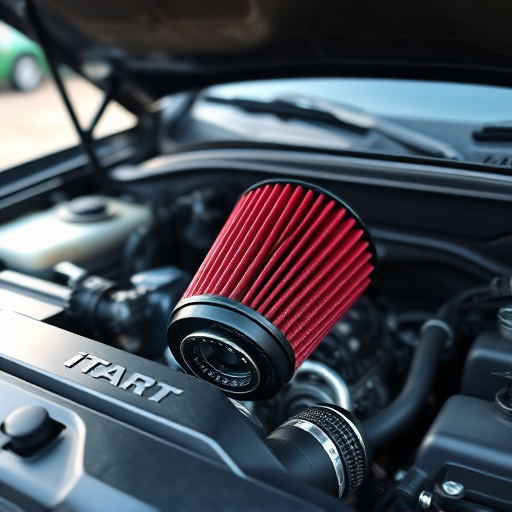
Installing a boost controller on your turbocharged vehicle can significantly enhance its performance. Here’s a step-by-step guide to help you through the process. Begin by locating the ideal placement for your boost controller, often near the engine for easier access and control over boost levels. Next, disconnect the battery to ensure safe installation and prepare your tools: a wrench set, multimeter, and any specialized hardware included with your controller.
Remove the existing air intake systems and carefully route new hoses or wires according to your vehicle’s architecture. Connect the boost sensor to the engine block and secure it firmly. Attach the controller to the mounting point, ensuring all connections are tight. Configure the settings on your boost controller using the provided instructions, tailoring them to your desired boost levels and driving style. Finally, reattach the battery and test the system by firing up the engine to ensure everything functions as expected. Remember, high performance parts like a boost controller can transform your vehicle’s capabilities, so always prioritize safety and proper installation.
A boost controller is a valuable addition to any turbocharged vehicle, offering precise control and enhanced performance. By understanding its functionality and following a thorough preparation process, installing a boost controller becomes a straightforward task. The step-by-step guide provided offers a clear path to success, ensuring your vehicle reaches its full potential. Remember, proper installation is key to maximizing the benefits of a boost controller, so take your time and enjoy the transformation of your turboized machine.








